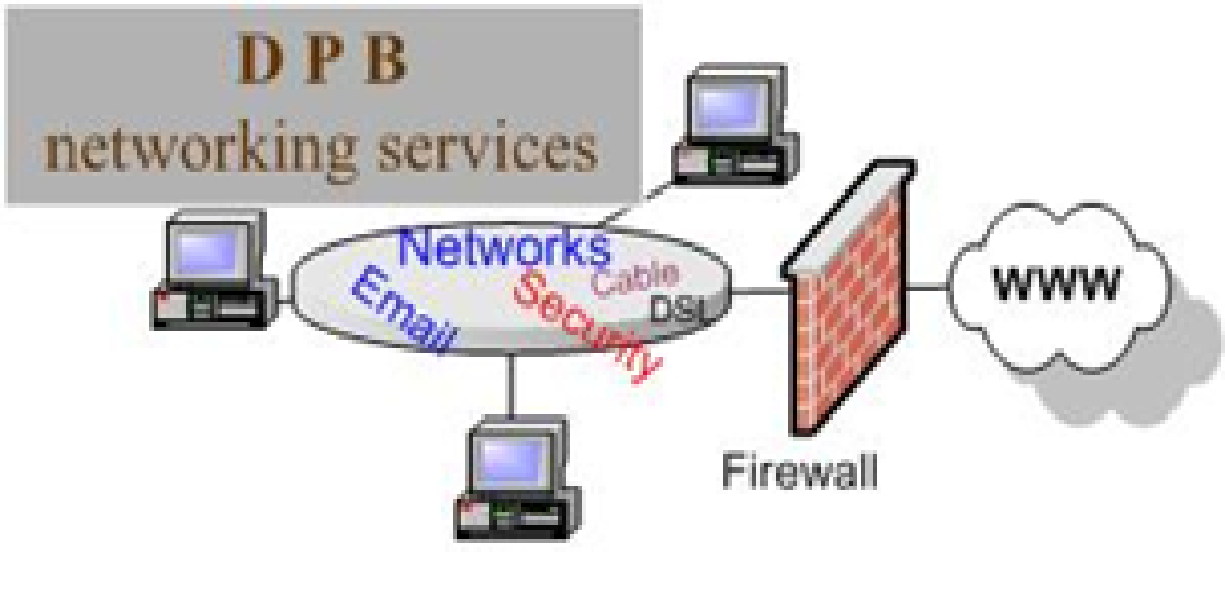The “legal industry” and “disruptive technology” are not usually two phrases you hear together. For that matter, lawyers and law firms tend to think any kind of “buzzword” phrase as not relevant to their world, or they are generally averse to or simply too preoccupied with work to delve into the technological changes that might be headed their way. But, as SNL’s Stuart Smalley once taught us, denial isn’t just a river in Egypt. The more attorneys embrace and adapt to shifting technologies, the more they can thrive in an ever tightening and increasingly competitive legal marketplace.
Discovery and Due Diligence Will Become Ever More Automated
It has been over 15 years since the primary method of conducting large-scale discovery and due diligence was conducted by sending associates to hand-sort and review boxes and boxes of documents. But simply moving those documents to digital review platforms for remote review is only the start. Rather than being able to bill out attorneys for individual review of each of those documents, technological advances in AI are making it possible for machines to conduct substantive review of large batches of data in a tiny fraction of the time it takes for a fallible human to review the data. This will of course cut into the amount of billable hours a firm can charge for large-scale cases, but the firms that can offer these services to clients at highly competitive rates will win more business in the long run.
Clients Will Be Empowered to Demand Efficiency
In the past, law firms might have been able to demand payment on bills reflecting billable hours that were not the most efficient outlay of time for a given project, but clients both large and small are becoming technologically empowered to demand that bills be lowered on the basis of efficiency and competitive issues. Whether it be through contracting with third-party providers that examine and critique legal bills for inefficiency and redundancy, or simply having more access to information about what goes into creating those bills, clients are turning the tables on lawyers and law firms and demanding lower prices.
Business Will Be Driven More By Online Search Than Referrals
Taking the last point one step further, the ongoing proliferation of the web as the primary way in which clients research and compare potential legal representatives means that word-of-mouth referrals and widescale brand recognition will no longer be the way that clients make a final choice on an attorney. With digital marketing agencies being able to provide upstart firms and attorneys with the type of web presence that rivals big firms, law firms can longer expect to rest on their longstanding reputation when other firms are able to create a digital splash quickly and essentially level the competitive field. After all, when is the last time you made a large purchase without Googling it first and then looking to see what else is out there that provides the same benefits at a lower cost? You can be sure your potential clients are doing the same.
Get Started with TimeSolv Today
At TimeSolv, we work with law firms and solo practitioners to automate their time tracking, billing, project management, and other back office functions to reduce costs and increase profits. TimeSolv offers competitive pricing that brings big-firm innovation to all types of firms, no matter the size. To start your free trial of TimeSolv today, click here.
















